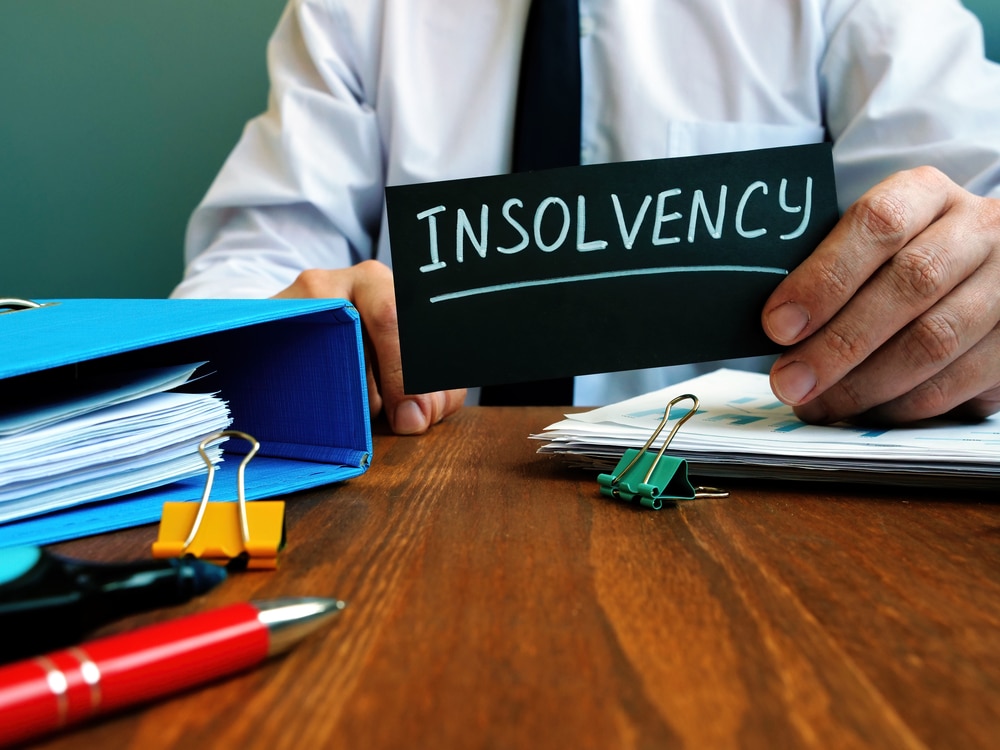

(2.1) Subsection (2) does not apply, and the parties are deemed to be dealing with each other at arm’s length, in respect of the following: (2) If the transfer, charge, payment, obligation or judicial proceeding referred to in paragraph (1)(a) has the effect of giving the creditor a preference, it is, in the absence of evidence to the contrary, presumed to have been made, incurred, taken or suffered with a view to giving the creditor the preference - even if it was made, incurred, taken or suffered, as the case may be, under pressure - and evidence of pressure is not admissible to support the transaction.

(b) in favour of a creditor who is not dealing at arm’s length with the insolvent person, or a person in trust for that creditor, that has the effect of giving that creditor a preference over another creditor is void as against - or, in Quebec, may not be set up against - the trustee if it is made, incurred, taken or suffered, as the case may be, during the period beginning on the day that is 12 months before the date of the initial bankruptcy event and ending on the date of the bankruptcy. (a) in favour of a creditor who is dealing at arm’s length with the insolvent person, or a person in trust for that creditor, with a view to giving that creditor a preference over another creditor is void as against - or, in Quebec, may not be set up against - the trustee if it is made, incurred, taken or suffered, as the case may be, during the period beginning on the day that is three months before the date of the initial bankruptcy event and ending on the date of the bankruptcy and The proceeds went, as they had to, to pay out the secured creditors which did not include Vestacon since it, of its own accord, failed to lien the units.ĩ5 (1) A transfer of property made, a provision of services made, a charge on property made, a payment made, an obligation incurred or a judicial proceeding taken or suffered by an insolvent person The Court held that the plaintiff's evidence did not come anywhere near establishing a fraudulent intent on the part of Huszti Investments, and it was weaker when it came to establishing that 260 had knowledge of Vestacon’s fraudulent intent or shared a fraudulent intent with Vestacon. It sold its units to 260, which had a legitimate business purpose in acquiring them, both to shore up its relationship with its clients, the first mortgagees, and to protect its own equity as third mortgagee. The record establishes that Huszti Investments was near insolvency, if not already insolvent. (“260”) in a fraudulent conveyance and that 260 knowingly participated in the fraudulent conveyance. The plaintiff alleged that the defendant Huszti Investments transferred units to the defendant 2603553 Ontario Inc. o/a Eyewatch, et al., 2022 ONSC 2104 (CanLII), the genesis of the litigation was the purchase by the defendant of three commercial units in a building in Toronto. In this third situation, a trustee needs to prove that the bankrupt was insolvent or rendered insolvent at the time of the transfer at undervalue and that in making the transfer at undervalue, the bankrupt intended to defraud, defeat, or delay a creditor. 96 involves cases where the parties to the transfer at undervalue were not dealing at arm’s length but the transfer at undervalue occurred more than one year before the initial bankruptcy event but no more than five years before that event. In that case, the transfer can be impugned without any further proof. The third situation that a trustee can be attack under s.

96 involves cases where the parties to the transfer at undervalue were not dealing at arm’s length and the transfer occurred within one year of the initial bankruptcy event. First, if the bankrupt and the recipient of its assets were dealing at arm’s length, then the trustee can seek a remedy if the transfer at undervalue occurred up to one year prior to the initial bankruptcy event, the bankrupt was insolvent or rendered insolvent at the time, and in making the transfer at undervalue, the bankrupt intended to defraud, defeat, or delay a creditor. The second set of transactions that a trustee can attack under s. In Re: National Telecommunications Inc., a bankrupt, 2017 ONSC 1475 (CanLII), the Court held that Section 96 identifies three different sets of transactions for which a trustee can seek a remedy.


 0 kommentar(er)
0 kommentar(er)
